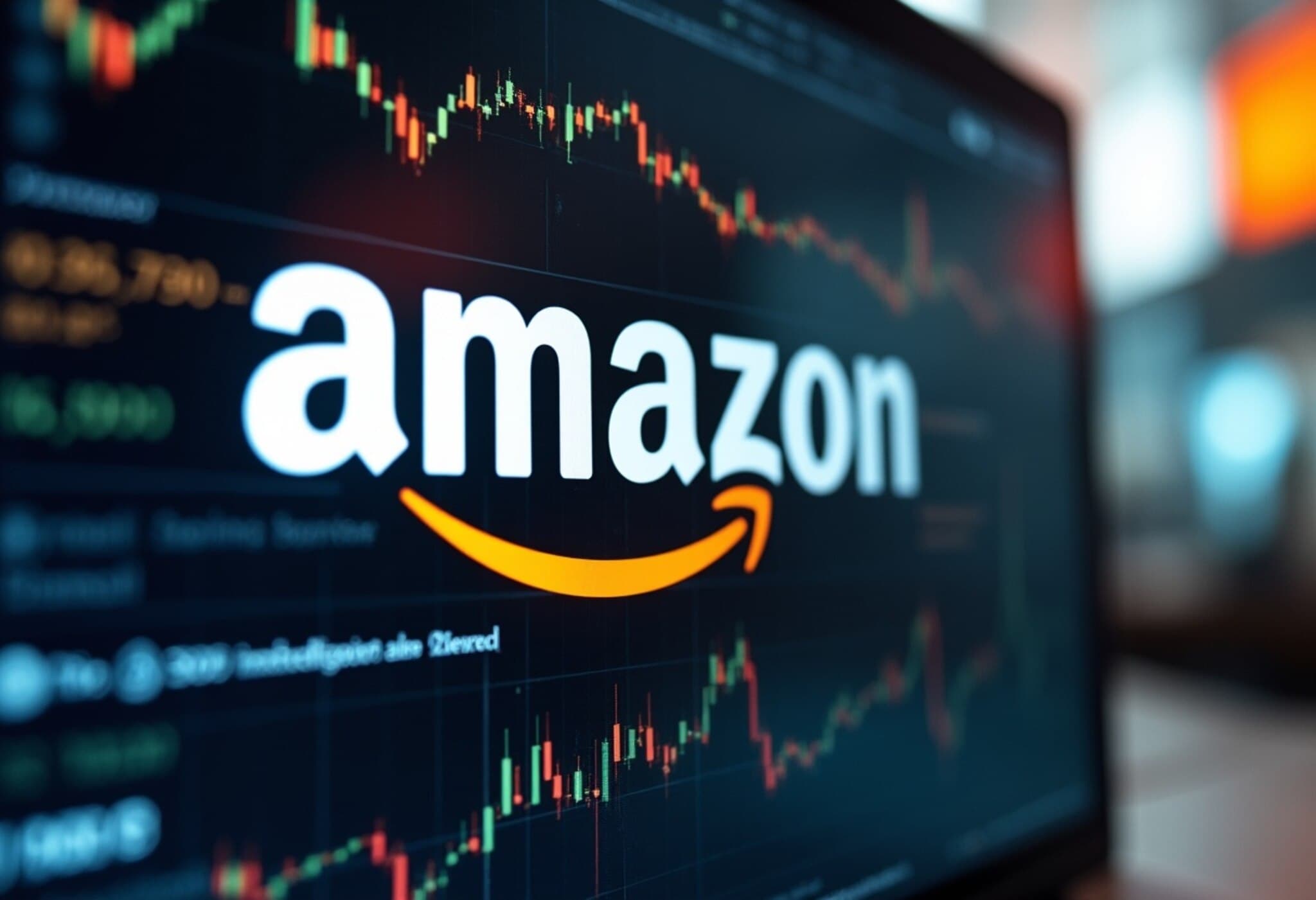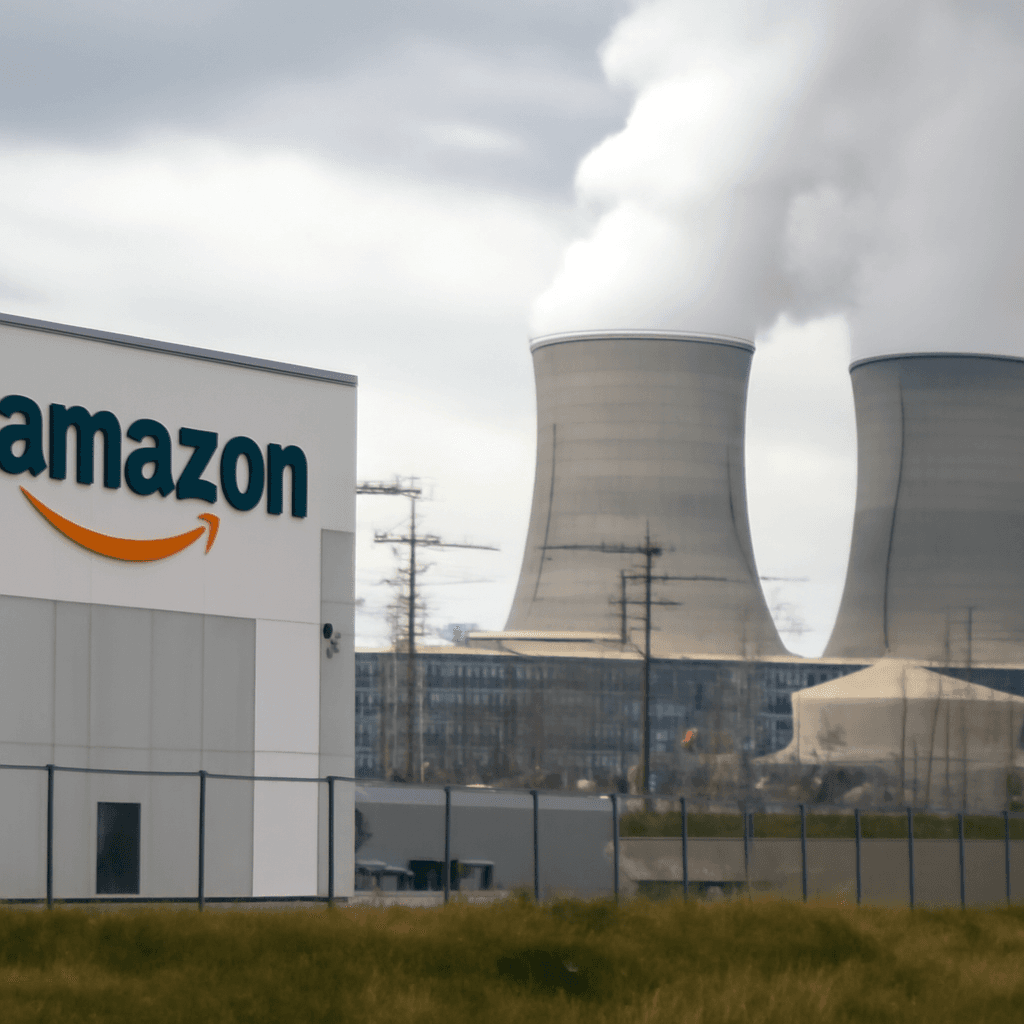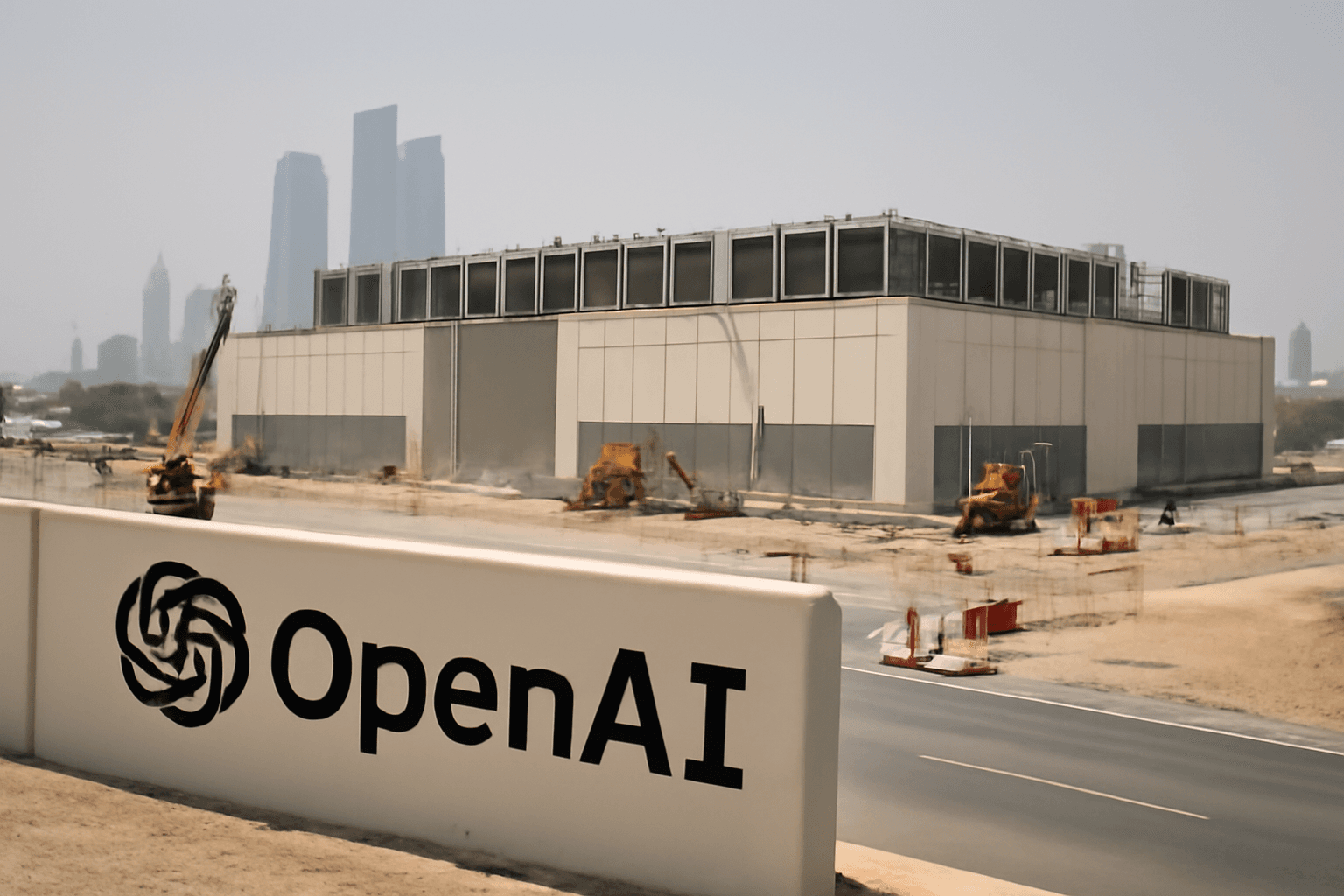Amazon’s Shares Drop as Mixed Earnings Spark Investor Concerns
Amazon's stock took a noticeable hit, sliding about 7% on Friday following its second-quarter earnings report. While the e-commerce and cloud giant exceeded revenue and profit expectations on several fronts, investor enthusiasm was dampened by softer-than-anticipated profit guidance and underwhelming growth in its cloud business.
Boosted AI Spending Signals High-Stakes Tech Race
One of the standout revelations from Amazon’s earnings was the significant ramp-up in capital expenditures. The company spent $31.4 billion on capital expenses last quarter and projects similar spending in the upcoming months. This trajectory could push Amazon’s full-year capex to over $118 billion, a substantial increase from its previous forecast.
This surge primarily fuels the expansion of its data center infrastructure to support burgeoning artificial intelligence (AI) demand. Amazon is far from alone in this investment sprint; tech rivals like Microsoft and Google’s Alphabet are also upping their capital investments with Microsoft expecting $66 billion to $72 billion this year and Alphabet projecting around $85 billion.
The pressing question on Wall Street: when will these heavy AI investments translate into tangible revenue growth or improved profit margins? CEO Andy Jassy offered some insight by highlighting Alexa+, Amazon’s subscription-based AI-powered assistant, and underscored the infancy of AI integration into Amazon’s various offerings.
Expert Commentary:
From a strategic standpoint, these lavish capital expenditures illustrate Amazon’s commitment to securing a foothold in the AI-driven future of technology services. However, investors remain cautious, as the path from innovation to profitability in AI remains uncertain. Given AI’s disruptive potential across industries, close monitoring of AWS revenue tied directly to AI will be key in assessing Amazon’s return on these hefty investments.
Cloud Growth Slows Amid Intensifying Competition
Amazon Web Services (AWS), the undisputed leader in cloud infrastructure, reported 18% year-over-year revenue growth. Although this beat expectations slightly, it paled in comparison to competitors Microsoft Azure and Google Cloud Platform, which posted growth rates of 39% and 32%, respectively.
During the earnings call, analysts pressed CEO Jassy on AWS’s slower expansion pace relative to its cloud rivals. While Jassy emphasized AWS’s scale — noting the second-largest cloud player is about 65% the size of AWS — and defended its strong security posture, skepticism persists among investors and market watchers.
Morgan Stanley’s Brian Nowak characterized the current narrative as one of concern over AWS potentially losing ground in generative AI capabilities to rivals. Meanwhile, Bernstein analysts described Amazon’s defensive tone during the call as less constructive compared to its competitors.
Contextual Insight:
The cloud arms race is intensifying, with Microsoft and Google aggressively leveraging AI innovations to pull ahead in growth. AWS’s slower revenue acceleration may reflect increased competition and the challenges of maintaining dominance while investing massively in new technologies. As cloud platforms become critical infrastructure underpinning AI advancements, Amazon’s ability to innovate and differentiate AWS will be decisive for its future market share.
Tariff Tensions Ease, But Uncertainty Persists
Amid concerns over trade tensions, especially tariffs imposed on Chinese imports, Amazon’s earnings provided encouraging signs that the company is managing these risks better than feared. The previously alarming 145% tariffs on Chinese goods have been reduced to around 30% following recent US-China negotiations.
Amazon’s online sales rose 11% year-over-year, beating expectations, with the number of items sold growing 12% across online and physical stores. This suggests consumer demand remains robust despite tariffs and broader economic uncertainty.
Looking ahead, Amazon forecasted a strong third quarter, projecting sales growth up to 13%. CEO Jassy did caution that uncertainties linger over who will ultimately bear the cost of tariffs and potential price impacts.
Regional and Economic Context:
Amazon’s ability to absorb tariff shocks without passing costs immediately to consumers illustrates its powerful position in supply chain management and pricing strategies. This resilience offers reassurances to investors about the company’s adaptability amid geopolitical tensions — a crucial factor given ongoing US-China trade unpredictability relevant for global markets and American consumers alike.
Looking Ahead: Balancing Bold Bets with Market Realities
Amazon paints a picture of a company investing heavily into future technologies, while still navigating present-day challenges from competition and global trade. Its AI ambitions underscore a bet on transforming cloud computing and digital services, but the journey to profitability in this space remains a marathon, not a sprint.
Meanwhile, steady retail growth and advertising sales demonstrate Amazon’s diversified revenue streams underpinning its massive valuation.
Editor’s Note
Amazon’s latest earnings reveal a complex narrative: intense investment in AI and infrastructure signals readiness for the tech future, yet investor caution reflects broader skepticism about timing and returns on these bold moves. The growing cloud rivalry, combined with the geopolitical backdrop of tariffs, raises critical questions about Amazon’s ability to sustain growth momentum while maintaining competitive edges.
As market watchers, it will be vital to track not just raw revenue numbers, but how AI integration, pricing power, and trade developments evolve to impact Amazon’s bottom line and market position in the long term.



















